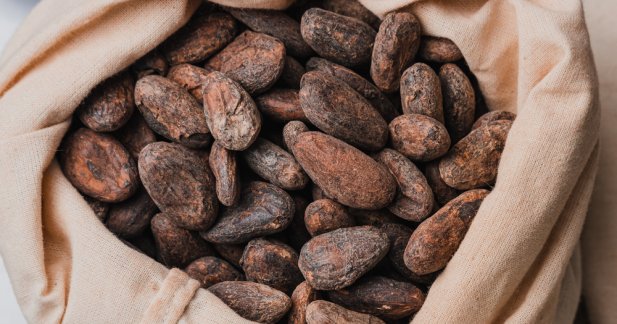
Unwrapping the Art of Craft Chocolate: A Delectable Journey
November 14, 2023
In recent years, there has been a resurgence of appreciation for a particular type of chocolate known as "craft chocolate." But what exactly is it, and what sets it apart from the mass-produced varieties that line the supermarket shelves? Find out here.
Chocolate, one of the world's most beloved and cherished treats, has a rich history dating back thousands of years. From its origins as a bitter and spicy Mesoamerican beverage to the sweet and creamy confections we adore today, chocolate has undergone a remarkable transformation.
The Craft Chocolate Revolution
Craft chocolate, often referred to as artisanal chocolate, is a small-batch, labor-intensive, and quality-focused approach to chocolate making. Unlike large-scale chocolate production, where quantity often takes precedence over flavor and craftsmanship, craft chocolate makers prioritize the entire process.
Key Characteristics of Craft Chocolate
1. Bean-to-Bar Philosophy
One of the defining features of craft chocolate is the emphasis on the "bean-to-bar" approach. Craft chocolate makers often source their cacao beans directly from farmers or cooperatives in cacao-producing regions around the world.
This direct relationship allows them to have control over the quality of the beans and ensures fair compensation for the cacao growers. These beans are then carefully roasted, cracked, winnowed, ground, conched, and tempered on-site, resulting in a truly handcrafted product.
2. Single-Origin and Flavor Profiles
Craft chocolate makers celebrate the unique flavor profiles of cacao beans from different regions, just as wine enthusiasts appreciate the terroir of vineyards. Single-origin chocolate bars are crafted from beans grown in a specific geographic location, showcasing the distinct flavors and nuances of that region.
Whether it's the fruity notes of a Venezuelan cacao or the earthy undertones of beans from Madagascar, each bar is a sensorial journey into the cacao's origin.
3. Minimal Ingredients
In contrast to mass-produced chocolate, which often includes a long list of ingredients and additives, craft chocolate usually contains only a few simple and high-quality components: cacao beans, sugar, and, occasionally, cacao butter or milk powder.
This minimalist approach allows the natural flavors of the cacao to shine through, resulting in a purer and more authentic chocolate experience.
4. Transparency and Ethics
Craft chocolate makers often prioritize transparency in their sourcing and manufacturing practices. They aim to build direct relationships with cacao farmers, promoting fair wages, sustainable farming methods, and ethical labor practices.
Many brands proudly display information about the cacao's origin and the people behind the beans on their packaging.
5. Small-Batch Production
Craft chocolate is typically produced in small quantities, allowing for a high level of quality control and attention to detail. Then, to achieve the desired flavor and texture, each batch is carefully monitored and adjusted as needed.
The Flavor Experience
Craft chocolate offers a flavor experience that transcends the sugary sweetness of mass-produced chocolate bars.
Each bite is an exploration of the cacao bean's inherent characteristics, creating a more complex and nuanced taste profile. The flavors can range from floral and fruity to nutty and spicy, depending on the cacao's origin and the craftsperson's skill.
Craft chocolate is a testament to the art and science of chocolate making. It represents a return to the roots of chocolate, when it was a revered and cherished delicacy.
Craft chocolate makers, driven by their passion for the cacao bean and a commitment to sustainability and ethical practices, are at the forefront of a chocolate revolution that seeks to redefine our appreciation of this beloved treat.
As you savor a piece, remember that it's not just a snack; it's a sensory journey into the world of artisanal craftsmanship and a celebration of the diverse flavors of cacao from around the globe.
Have you tried one? Share your thoughts in the comment section below and don’t forget to follow our Facebook and Twitter accounts for more fun and interesting chocolatey ideas!

You can join us right now. Learn all about chocolate tasting with milk chocolates, dark chocolates, even white chocolate. Refine your taste buds with expert guidance.
- Why You Should Try Chocolate-Covered Nuts (And How to Make Them!) - April 22, 2025
- Easy Chocolate Easter Nests Recipe - April 15, 2025
- The Best Chocolate Gifts for Easter (That Everyone Will Love!) - April 8, 2025


